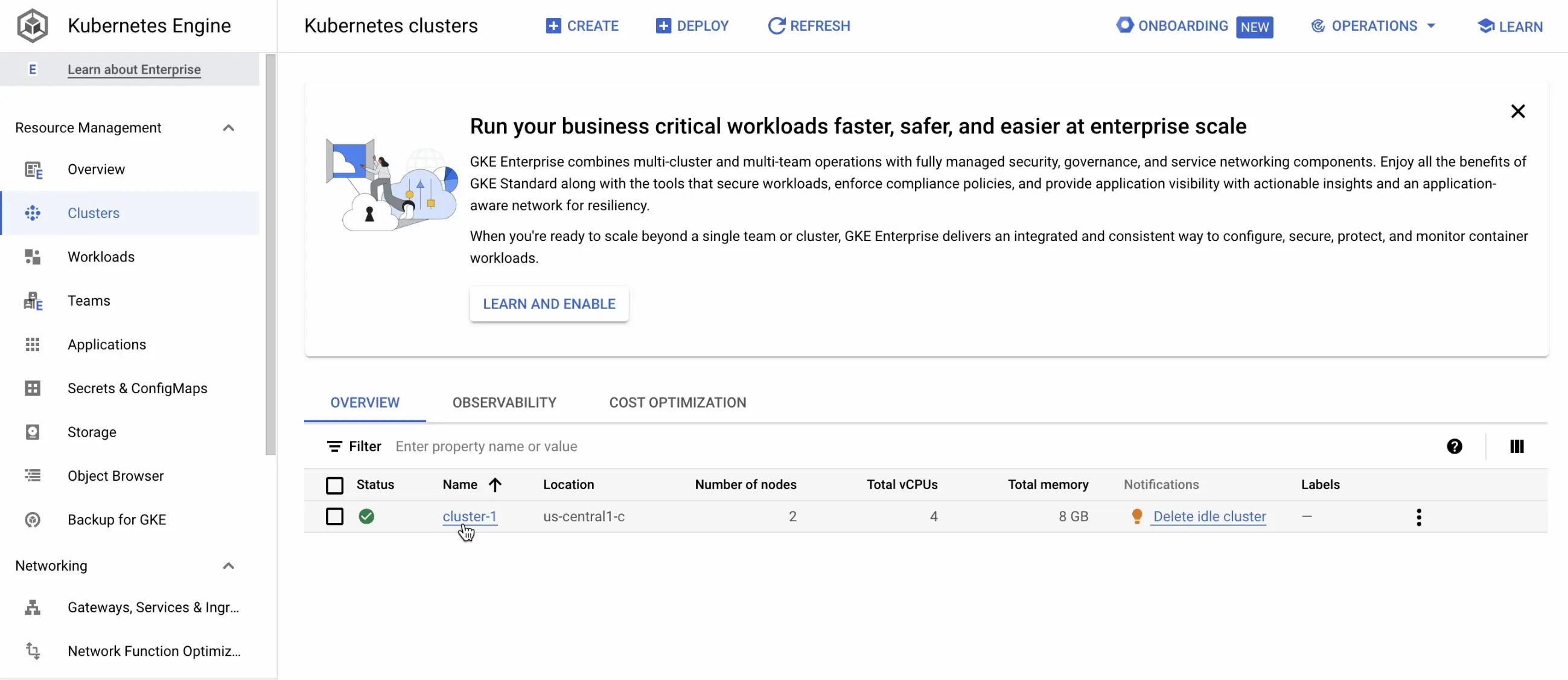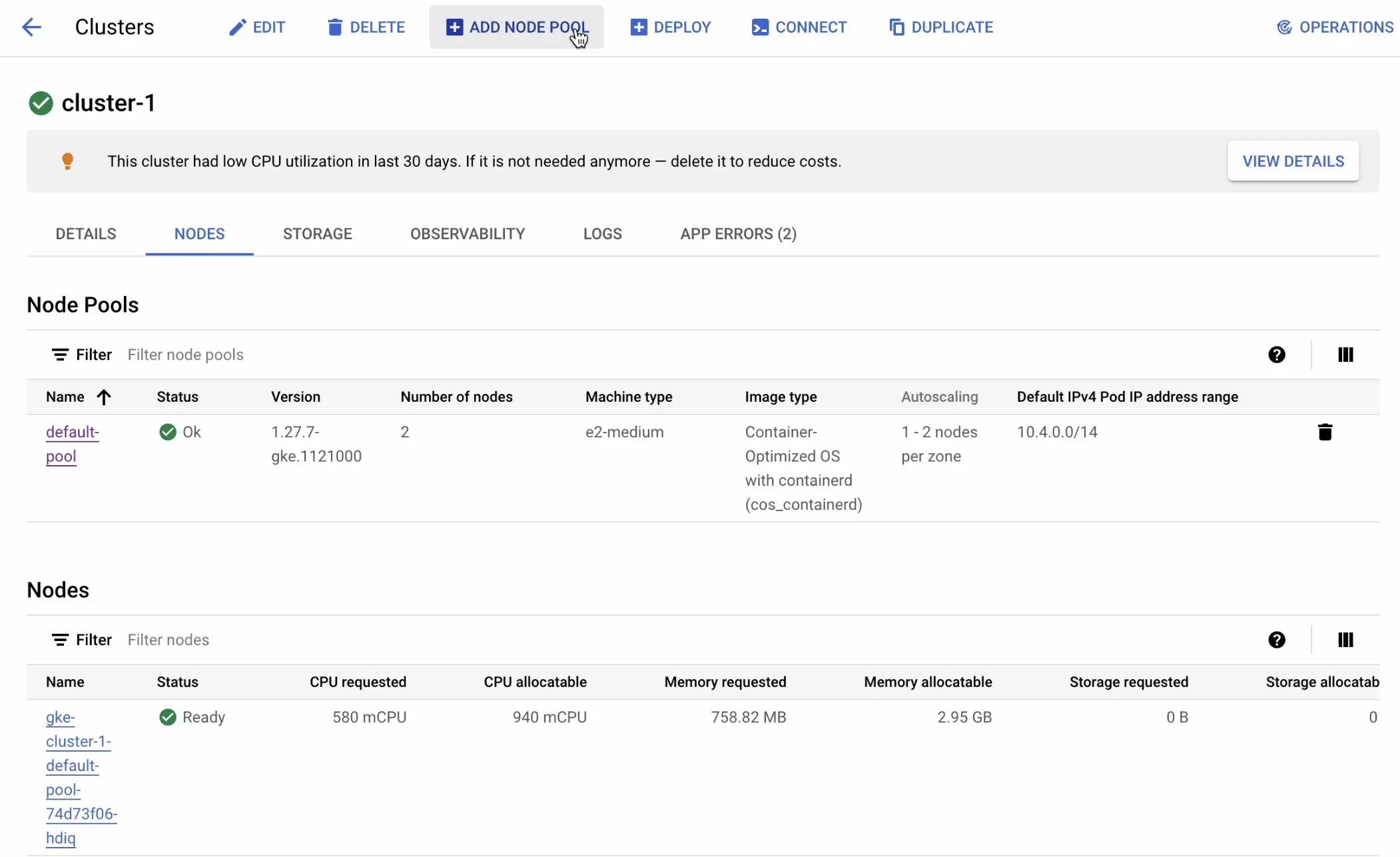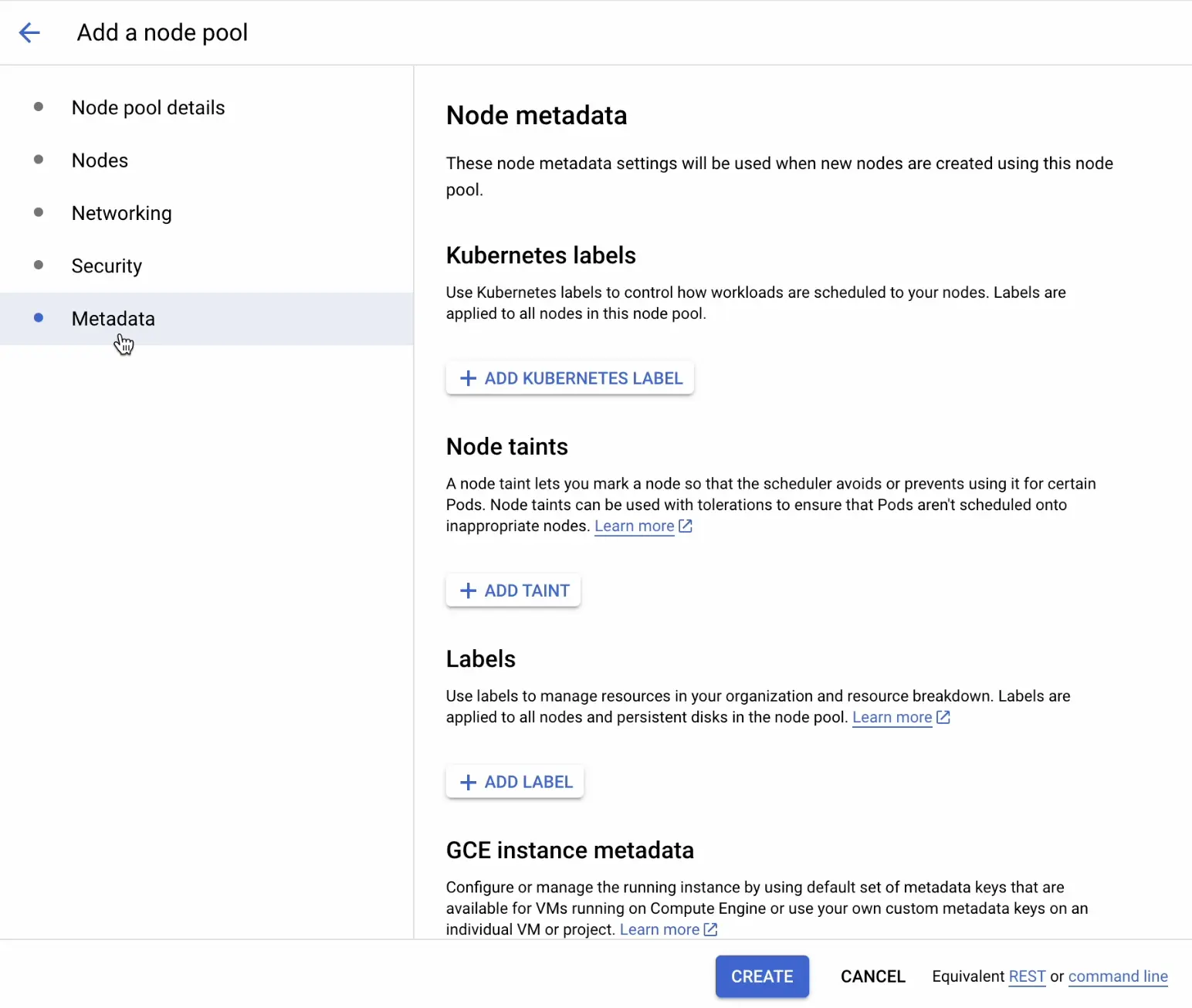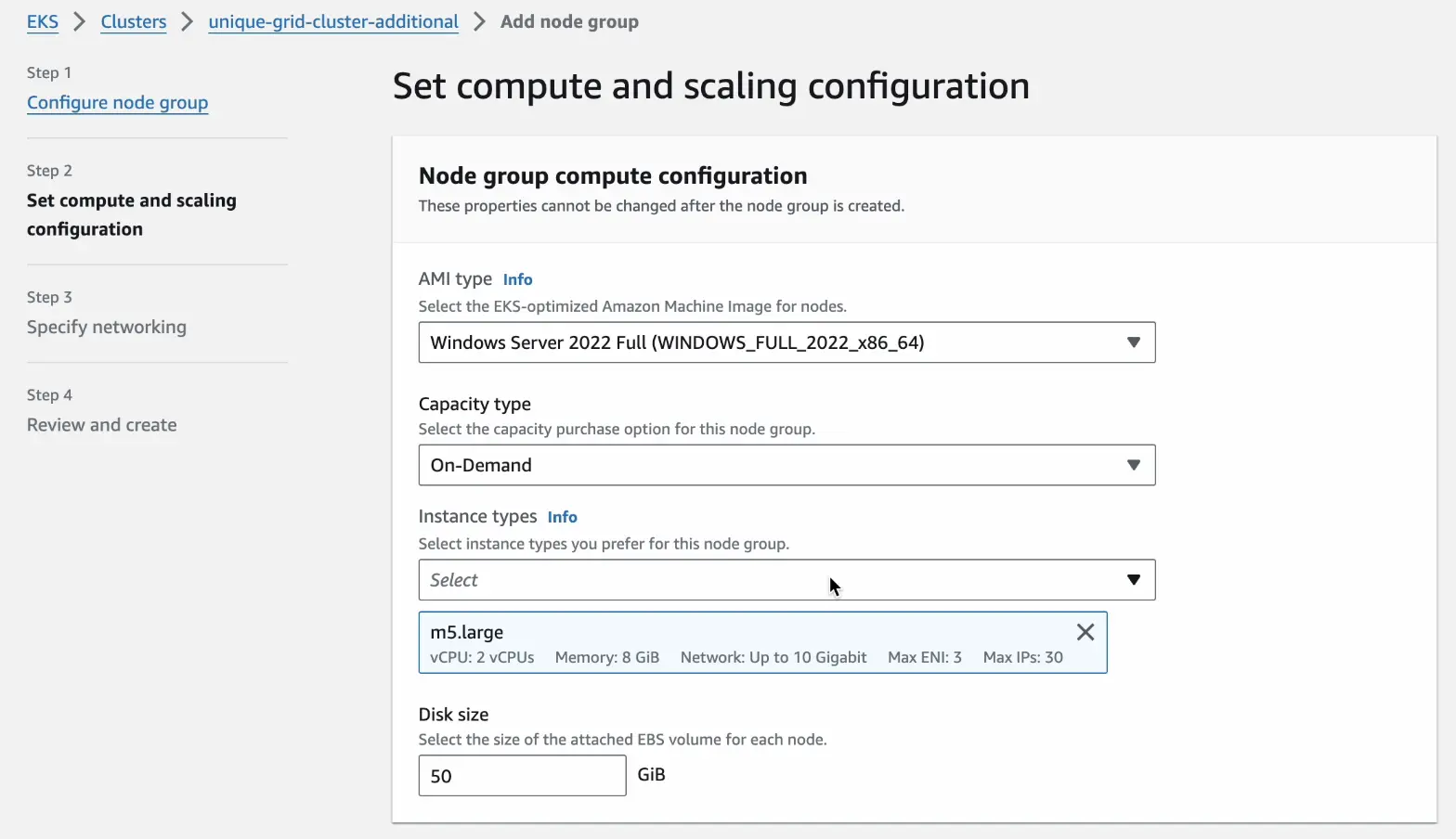Run Windows OS session in Automate TurboScale
Automate TurboScale primarily runs sessions on Linux by default. However, with the latest update, you can pass the OS capability to execute test sessions on the Windows OS.
Running Windows sessions requires a Windows node pool in your cluster. If you have created a grid in an existing cluster, follow the steps below to add a Windows node pool.
Enable Windows OS support on existing cluster
To enable Windows OS support on your existing cluster, follow the configuration steps below for running sessions on Windows OS.
Prerequisite
Windows Node Pool
Ensure your cluster includes a Windows node pool. To run sessions on Windows OS requires the presence of a Windows node pool in your cluster.
How to add Windows node pool to your cluster
To enable Windows OS sessions, select the instructions specific to your cloud service provider. Click the respective tab for a detailed walkthrough.
Create Windows node pool in GCP
In this page, you learn how to add a Windows node pool to an existing GKE cluster. This enables you to run Windows containers alongside Linux containers within the same cluster.
Following are the steps to add a Windows node pool to an existing GKE cluster:
-
Access the Google Cloud Console and locate your existing GKE cluster.

-
In the GKE cluster page, click Add Node Pool.

- In Node pool details tab, configure:
Name: Assign a descriptive name to the node pool (e.g., “windows-pool”).
Enable cluster autoscaler: Check the box to enable automatic scaling of nodes based on workload demands. -
In Nodes tab, configure node setting:
Image Type: Select Windows Server LTSC as the image type.
Machine type: Choose a VM instance type with a minimum of 2 CPUs and 2 GB of RAM. -
In Security tab, configure:
Service account: Select the appropriate service account for the node pool.
-
Click Create, to initiate the node pool creation process.

Monitor the node pool creation status within the Google Cloud Console. The process typically takes a few minutes to complete. When the node pool is successfully created, verify its presence within the cluster’s node pools list.
After adding the node pool to your cluster, you can run sessions by passing the Windows OS capability.
| Capability | Description | Expected values |
|---|---|---|
os |
OS you want to test on | windows |
We're sorry to hear that. Please share your feedback so we can do better
Contact our Support team for immediate help while we work on improving our docs.
We're continuously improving our docs. We'd love to know what you liked
We're sorry to hear that. Please share your feedback so we can do better
Contact our Support team for immediate help while we work on improving our docs.
We're continuously improving our docs. We'd love to know what you liked
Thank you for your valuable feedback!



